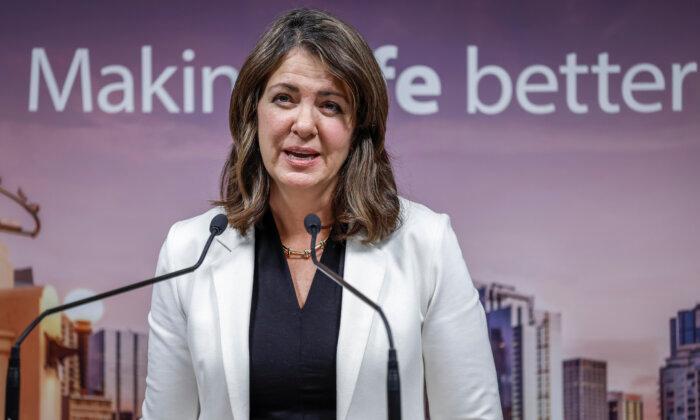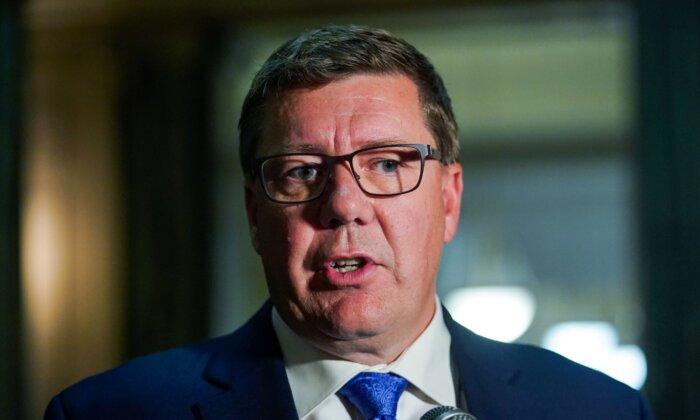The federal government does not know how many employees are working remotely from home, according to Parliamentary Budget Officer Yves Giroux.
According to Blacklock’s Reporter, in a directive dated Dec. 15, 2022, Treasury Board President Mona Fortier suggested that federal employees could work from home “40 to 60 percent of their regular schedule,” up to three days each week.
“We are not going back to the way things used to be. We are reimagining our workplace,” Fortier told reporters at the time.
At the Senate meeting, Quebec Conservative Sen. Claude Carignan said he questioned the government on how many public servants there were on April 1 of 2021, 2022, and 2023, respectively. He also asked for the breakdown by province and municipality.
“I was stunned to find out that the government doesn’t know how many people are working remotely. I don’t understand how a government in trying to be efficient and effective doesn’t know how many people are working remotely,” said Carignan.
Giroux responded: “This is a question that has been raised a few times over the past few years. At the beginning of the pandemic, we asked how many public servants were on special leave under provision 699, which is a discretionary type of leave.”
The budget officer said he found out that the government “did not collect that information and decided to start to do so probably as a result of our questions.”
Giroux said he was given the same answer the senator received: “That there are no detailed answers and data about how many people are working remotely.”
“We have not sent a formal request for information but we put the question informally to the Treasury Board and several departments,” said Giroux. “There are a few departments [that] have also indicated that no studies had been undertaken regarding whether public servants were more or less productive when they worked in person or remotely,” he added.
In a submission on June 10, 2022, Public Works told the Commons government operations committee that federal computer technicians had counted 240,000 remote internet connections to government servers.
“Prior to the pandemic there was an average of 20,000 simultaneous remote connections,” testified Filomena Tassi, the minister of public services and procurement at the time.
An Inquiry of Ministry tabled in the House of Commons reported that federal offices had a daily vacancy rate running as high as 70 percent, and sometimes more. The report said the National Film Board office in Winnipeg had only one-tenth of their staff in the office working, as one example. A Gatineau, Quebec, office of the Canadian Space Agency has only 23 percent of staff working in person, based on “average daily attendance.”
A 2022 Public Works report said the federal government could save $1.3 billion annually if it cut its current office space by 40 percent. The report, “Evaluation of the Office Portfolio,” said infrastructure is the second-largest expense to the Government of Canada after salary expenses.





